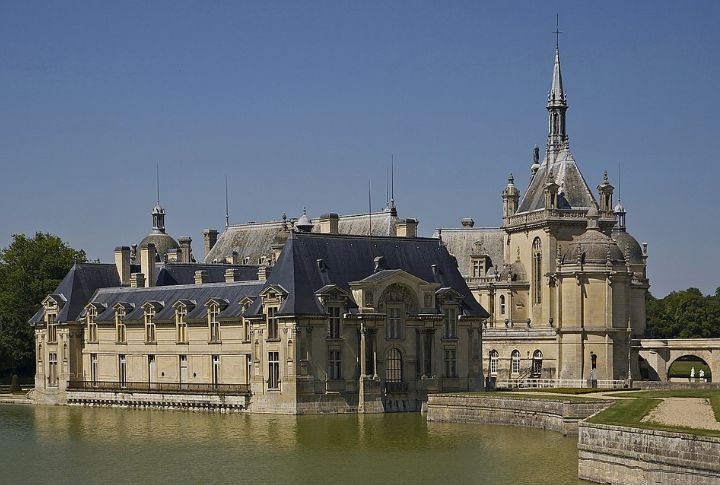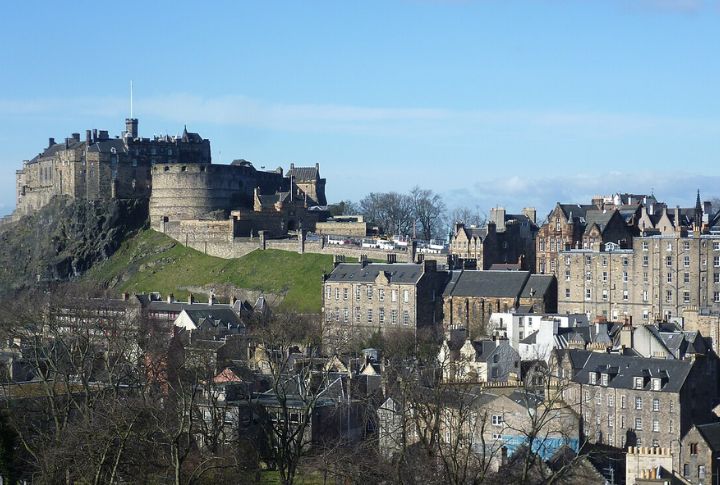
These grand castles once held the wealthiest of society behind their stone walls. While some have crumbled over the years, they still leave a powerful impression. With rich histories and remarkable beauty, these architectural marvels invite us to explore the opulence they once represented and the secrets they continue to hold.
Chateau De Chantilly, France

Chateau de Chantilly, a symbol of French aristocracy, houses the Musee Conde with masterpieces by French artists. Its gardens, designed by Andre Le Notre, showcase classical French landscaping. The chateau also celebrates France’s rich equestrian culture as it is home to the historic Chantilly racecourse.
Neuschwanstein Castle, Germany

King Ludwig II’s fairy-tale castle had an ambitious vision that never fully materialized. Though the palace remains unfinished, it has become a beacon of romanticized royal dreams, drawing millions who explore its towering spires and stunning alpine backdrop.
Palace Of Versailles, France

Versailles represents French royal dominance through two iconic spaces. The Hall of Mirrors hosted world-shaping events like the signing of the Treaty of Versailles, while the King’s Grand Apartments dazzled with mythological murals. Its 800-hectare grounds feature sculpted gardens and the Petit Trianon, Marie Antoinette’s retreat from the rigid formality of court life.
Edinburgh Castle, Scotland

Perched atop Castle Rock, Edinburgh Castle served as a royal residence to monarchs, including David I and Mary, who gave birth to James VI here. It also holds the Stone of Destiny, used in coronations, and survived numerous sieges during the Wars of Scottish Independence.
Himeji Castle, Japan

Himeji Castle, completed in 1609, exemplifies Japanese feudal architecture with white plastered walls and wooden interiors designed to confuse invaders. Unlike many castles, it was never destroyed by war or disaster. With its UNESCO status, it represents one of the finest surviving examples of Edo-era design and meticulous upkeep.
Peles Castle, Romania

Built for King Carol I between 1873 and 1914, Peles Castle blends Neo-Renaissance and Gothic Revival styles with intricate wood carvings and stained glass imported from across Europe. It was also one of the first castles in Europe fully powered by electricity, featuring central heating, an elevator, and a retractable stained-glass roof in the main hall.
Schwerin Castle, Germany

Schwerin Castle is a Neo-Renaissance masterpiece rising from Lake Schwerin. Designed with over 650 rooms, it features gilded ceilings and intricate carvings of cherubs, scrollwork, and mythological figures. Additionally, its island setting and intricate structure earned it the nickname “Neuschwanstein of the North” long before tourism made castles trendy.
Dunnottar Castle, Scotland

Once a formidable stronghold during Scotland’s wars for independence, Dunnottar Castle’s ruins remain a powerful reminder of strategic resilience. Built atop steep cliffs, its position wasn’t chosen for beauty alone; it was a defense line, a refuge, and a stage for pivotal moments in the past.
Chateau De Fontainebleau, France

Home to Francis I, Fontainebleau birthed the French Renaissance style by fusing Italian and Gothic influences. The king even invited Leonardo da Vinci’s disciples to fresco its walls. This blend of art and politics turned the chateau into a cultural powerhouse rivaling Italy’s finest courts.
Windsor Castle, England

Windsor Castle stands as both a fortress and a symbol of British royalty. From its early military role to modern-day state dinners, the castle has hosted monarchs from Henry VIII to Queen Elizabeth II. Each era has left its mark, making Windsor a living record of royal history and enduring elegance.

